Disclosure: This article contains affiliate links. We may earn a commission from purchases at no extra cost to you, which helps our travel content.
Returning to Delhi always feels like slipping into a familiar dream—one where ancient history and frenetic modernity dance in perpetual negotiation. Though Portland has been my home for over a decade, the city where I took my first breaths still pulses through my veins. As someone who grew up in Delhi before pursuing wildlife biology abroad, I've developed a unique lens through which I observe my birthplace: part nostalgic native, part analytical scientist, part cultural bridge-builder. This guide isn't just about ticking off monuments but understanding Delhi as a complex ecosystem where history, humanity, and yes, even wildlife, coexist in fascinating ways. Whether you're traveling with friends or joining a tour group, these carefully curated 72 hours will help you navigate Delhi's magnificent chaos while appreciating the subtle ecological and cultural patterns that make this megalopolis so extraordinary.
Day 1: Old Delhi's Historical Tapestry
Begin where Delhi's heart has beaten the strongest—in the labyrinthine alleys of Old Delhi. The walled city of Shahjahanabad, built by Mughal Emperor Shah Jahan in the 17th century, offers a masterclass in historical urban ecology.
Morning: Jama Masjid & Morning Light
I recommend arriving at Jama Masjid just as the morning prayer concludes (around 7:00 AM). This magnificent red sandstone mosque isn't just a religious monument but a microhabitat supporting various urban species. Look up to spot black kites circling the minarets—these raptors have adapted remarkably to Delhi's urban landscape. The mosque's courtyard, capable of holding 25,000 worshippers, demonstrates how public spaces functioned as community ecosystems long before modern urban planning.
Afterward, hire a cycle rickshaw to navigate Chandni Chowk's narrow arteries. These non-motorized vehicles represent sustainable transportation that's endured centuries—a reminder that sometimes ancient solutions remain the most efficient. Your rickshaw wallah (driver) is often a repository of local knowledge that no guidebook can match.
Afternoon: Red Fort & Heritage
After a simple lunch at Karim's (established 1913), make your way to the Red Fort (Lal Qila). While most visitors focus solely on the architecture, I'm always drawn to the gardens. The fort's layout followed Mughal principles of paradise gardens, designed to mimic natural ecosystems with water channels representing rivers of paradise. Carry your compact binoculars to spot rose-ringed parakeets that have colonized the ancient trees—descendants of birds that may have witnessed the fort's construction.
Evening: Spice Markets & Sensory Immersion
As daylight fades, the spice market at Khari Baoli comes alive. This is the largest spice market in Asia, where aromatics have been traded since the 17th century. The evolutionary biologist in me always marvels at how these plant compounds—evolved as defense mechanisms against herbivory—became central to human culinary traditions. The olfactory experience alone is worth the visit, though the crowds can be overwhelming for first-timers.
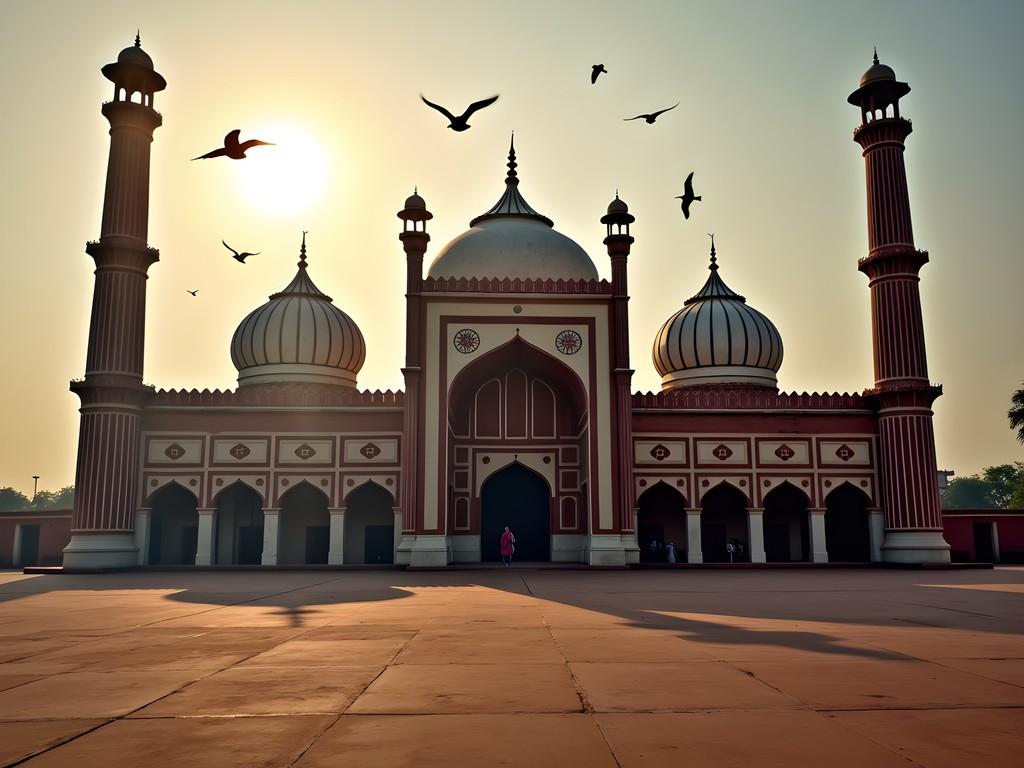
💡 Pro Tips
- Visit Jama Masjid before 8 AM to avoid crowds and witness the beautiful morning light
- Wear easily removable shoes as you'll need to take them off at religious sites
- Carry small denominations of rupees for rickshaw rides and street food purchases
Day 2: New Delhi's Colonial to Contemporary Journey
The ecological and architectural contrast between Old Delhi and New Delhi is stark—a deliberate design choice by British architects Edwin Lutyens and Herbert Baker, who laid out New Delhi as the imperial capital in the early 20th century.
Morning: Lodi Gardens & Biodiversity
Begin your day with a morning walk through Lodi Gardens, my childhood sanctuary and a perfect example of how historical monuments and natural spaces can coexist. This 90-acre park houses 15th-century tombs amid native and introduced plant species. As a biologist, I'm always drawn to the magnificent old trees—particularly the silk cotton trees (Bombax ceiba) that erupt in flame-red blooms during winter months.
Bring your field notebook to sketch or note the surprising biodiversity—resident barbets, bulbuls, and occasionally, golden jackals can be spotted in quieter corners. The gardens exemplify how urban green spaces serve as crucial wildlife corridors in megacities.
Mid-Day: Museums & Cultural Immersion
As the day heats up, retreat to the National Museum or the National Gallery of Modern Art. I particularly recommend the National Museum's natural history and anthropological sections, which provide context for India's remarkable biodiversity and cultural evolution. The museum houses over 200,000 artifacts spanning 5,000 years of Indian cultural history, offering insights into how human communities adapted to diverse ecological niches across the subcontinent.
Afternoon: Connaught Place & Colonial Architecture
After lunch at the iconic United Coffee House (established 1942), explore Connaught Place's circular colonial architecture. This commercial hub was designed as a showpiece of imperial planning—its white colonnaded buildings arranged in concentric circles represent a stark departure from the organic development of Old Delhi. Notice how the central park was designed to improve air circulation in Delhi's harsh climate—an early example of climate-responsive urban design.
Evening: Diplomatic Enclaves & Modern Delhi
As evening approaches, head to Khan Market and the nearby Lodhi Colony, where Delhi's contemporary art scene thrives through public murals. The Lodhi Art District features works by Indian and international artists, transforming the urban landscape into an open-air gallery. This area also houses some of Delhi's most innovative restaurants where traditional ingredients meet modern culinary techniques—a gastronomic parallel to the city's architectural evolution.
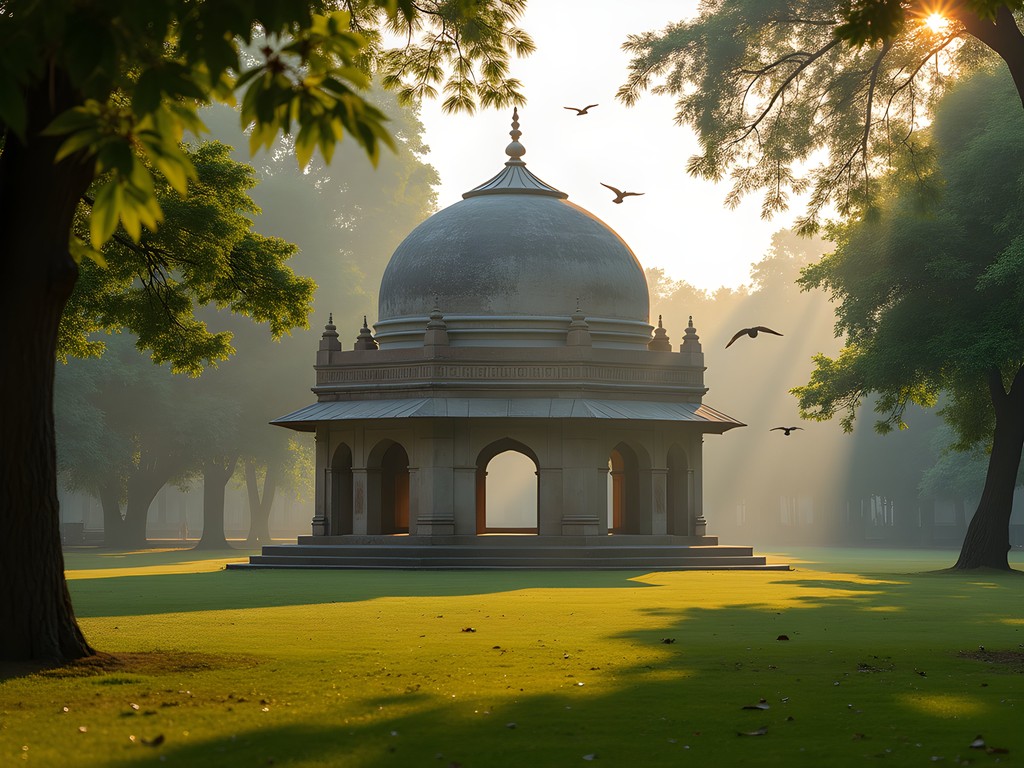
💡 Pro Tips
- Visit Lodi Gardens early (6-8 AM) to see resident birds and avoid the midday heat
- Many museums are closed on Mondays, so plan accordingly
- Khan Market closes relatively early (around 9 PM), so plan your shopping before dinner
Day 3: Sacred Spaces & Urban Ecology
On your final day, explore how spirituality and ecology have shaped Delhi's development across millennia.
Morning: Qutub Minar & Archaeological Wonders
The UNESCO World Heritage Qutub Complex opens at 7:00 AM—arrive early to experience this 12th-century marvel without crowds. The 73-meter Qutub Minar stands as testament to medieval engineering, but what fascinates me as a scientist is the adaptive reuse evident throughout the complex. Hindu and Jain temple elements were incorporated into Islamic structures, demonstrating how cultural adaptation mirrors natural selection processes.
The complex also hosts the famous Iron Pillar, which has resisted corrosion for over 1,600 years due to its unique metallurgical properties—a reminder that ancient knowledge systems often contained sophisticated scientific understanding.
Mid-Day: Akshardham Temple & Modern Spirituality
Contrast the ancient with the contemporary at Akshardham Temple, completed in 2005 yet built using traditional techniques. This massive complex demonstrates how spiritual traditions adapt to modern contexts while maintaining core principles. The temple's water show uses technology to illustrate ancient Hindu texts, while its extensive gardens incorporate traditional water conservation methods relevant to Delhi's semi-arid climate.
Afternoon: Yamuna Biodiversity Park & Ecological Restoration
For a perspective few tourists experience, visit the Yamuna Biodiversity Park in north Delhi. This 457-acre reserve represents one of Delhi's most successful ecological restoration projects, transforming degraded floodplains into thriving wetland and forest ecosystems. Over 200 bird species have been documented here—remarkable for an urban setting. I always pack my quick-dry towel for these excursions, as Delhi's humidity can make outdoor exploration sweaty work, especially when tracking birds through tall grasses.
The park demonstrates how intentional restoration can heal urban ecosystems—a hopeful counterpoint to Delhi's environmental challenges. Rangers offer guided walks explaining how indigenous plant communities were reestablished to create habitat corridors.
Evening: Hauz Khas Village & Contemporary Culture
Conclude your Delhi journey at Hauz Khas Village, where a medieval reservoir and Islamic seminary complex now borders one of Delhi's trendiest neighborhoods. This juxtaposition perfectly encapsulates Delhi's layered existence. The 14th-century structures overlook the water tank (hauz) that gives the area its name, while nearby streets house boutique shops, galleries, and cafes.
Enjoy dinner at one of the restaurants overlooking the reservoir, where you might spot black-crowned night herons fishing as they have for centuries, indifferent to the city's transformations around them.

💡 Pro Tips
- The Yamuna Biodiversity Park requires prior permission for visits—email them at least 2 days in advance
- Akshardham prohibits cameras and phones; plan accordingly
- Wear covered clothing that reaches knees and shoulders for religious sites
Navigating Delhi: Transportation & Practicalities
Understanding Delhi's transportation systems is crucial for maximizing your limited time in this sprawling metropolis.
Metro: Delhi's Lifeline
The Delhi Metro is the city's most efficient transportation mode—clean, air-conditioned, and remarkably punctual. The extensive network connects most major attractions, with trains arriving every 2-5 minutes during peak hours. Purchase a Tourist Card for unlimited travel (available in 1-day and 3-day denominations).
As someone who's witnessed Delhi's transformation through the metro system's development, I can attest to how it's democratized city movement across social classes. The women-only cars (first coach) provide safe travel options—I recommend these for female travelers, especially during rush hours.
Auto-Rickshaws & Ride-Sharing
For shorter distances or areas not connected by metro, auto-rickshaws provide an authentic Delhi experience. Always insist on using the meter or negotiate fares before starting your journey. For convenience, I recommend downloading the portable power bank to ensure your phone stays charged for navigation apps and translation needs.
Ride-sharing apps like Uber and Ola function well in Delhi and often provide more straightforward experiences for visitors unfamiliar with local negotiation customs.
Water & Food Safety
Delhi's tap water isn't potable for visitors. I always travel with a water purifier bottle which lets me safely refill from any water source—reducing plastic waste while ensuring safe hydration. This particular purifier removes 99.99% of viruses, bacteria, and protozoan cysts.
For street food—which is an essential Delhi experience—follow locals to busy stalls with high turnover. My microbiologist friends confirm that freshly prepared, piping hot foods are generally safest. The paranthe wali gali in Chandni Chowk serves delicious stuffed flatbreads that have been safely feeding Delhiites for generations.
Clothing & Cultural Sensitivity
Delhi's climate varies dramatically by season, but modesty in dress is appreciated year-round, especially at religious sites. Loose, breathable fabrics that cover shoulders and knees serve both cultural sensitivity and practical needs in Delhi's often harsh climate. During winter months (December-February), mornings and evenings can be surprisingly cold—layering is essential.

💡 Pro Tips
- Purchase a Delhi Metro Tourist Card on your first day to save money on transportation
- Download offline Google Maps of Delhi before your trip, as internet connectivity can be unreliable
- Carry a photocopy of your passport and visa at all times, leaving originals in your hotel safe
Where to Stay: Neighborhoods & Accommodation
Where you base yourself in Delhi significantly impacts your experience of the city. Each neighborhood offers a different ecological and cultural microclimate.
Connaught Place: Central Convenience
For first-time visitors with limited time, Connaught Place (CP) provides ideal centrality. This colonial-era commercial hub sits at Delhi's geographical and metaphorical center, with excellent metro connectivity and walking distance to several attractions. The circular market contains everything from budget hostels to heritage hotels converted from colonial buildings.
The YMCA International Guest House offers reliable budget accommodation with the added benefit of a quiet garden—rare in central Delhi. Their rooms are simple but clean, and the central location saves precious time in a short itinerary.
Majnu Ka Tilla: Tibetan Enclave
For budget travelers interested in cultural diversity, consider the Tibetan refugee colony of Majnu Ka Tilla. This self-contained neighborhood along the Yamuna River offers a glimpse into Tibetan culture through monasteries, prayer flags, and authentic eateries. Guest houses here provide basic but clean accommodation at fraction of central Delhi prices.
The area also demonstrates fascinating cultural adaptation—how a displaced community has recreated its identity within a vastly different urban environment. From an anthropological perspective, it's a living example of cultural resilience.
Hauz Khas: Trendy Heritage
For those seeking a blend of history and contemporary culture, Hauz Khas offers mid-range options near a medieval reservoir and deer park. This neighborhood exemplifies Delhi's layered history—14th-century monuments border fashion boutiques and art galleries.
Small boutique hotels and Airbnbs in this area provide access to Delhi's creative scene while maintaining proximity to historical sites. The nearby deer park offers excellent bird watching opportunities at dawn—I've documented over 40 species during winter morning walks.
Practical Accommodation Tips
Regardless of neighborhood, I recommend properties with backup power generators—Delhi experiences occasional power fluctuations, particularly challenging during summer months. Additionally, accommodations with water filtration systems save both money and plastic waste.
For light sleepers, request rooms away from streets or temples, as morning calls to prayer and traffic noise start early. Carrying a small travel sleep kit with eye mask and earplugs can be invaluable for adjusting to Delhi's round-the-clock sensory experience.
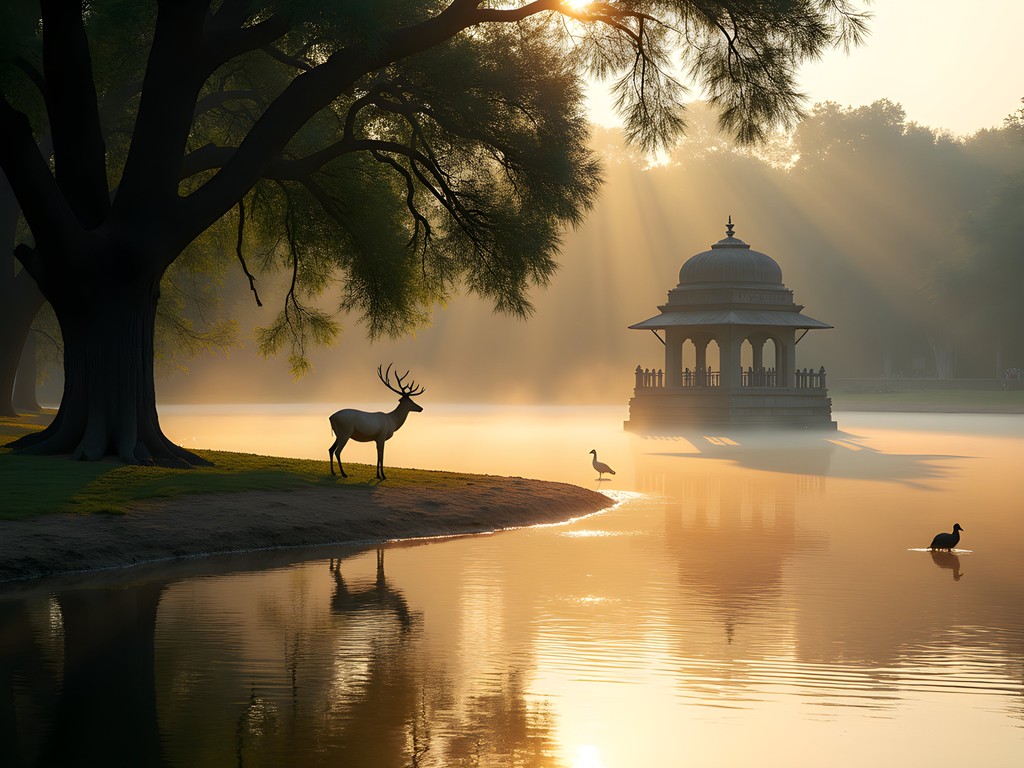
💡 Pro Tips
- Book accommodation near a metro station to maximize exploration time
- Request airport pickup from your hotel—this simplifies arrival after long international flights
- Check if your accommodation has a rooftop terrace—these offer respite from street-level noise and excellent urban observation points
Final Thoughts
Delhi defies simple categorization—it's a palimpsest where layers of history, ecology, and humanity create a complex urban tapestry. In just 72 hours, you've glimpsed how ancient monuments coexist with modern infrastructure, how religious traditions adapt across millennia, and how urban wildlife carves niches in unexpected places. As someone who left Delhi to study ecosystems worldwide, returning always reminds me that cities themselves are fascinating ecosystems—perhaps the most complex ones humans have created. The patterns you've observed here—adaptation, resilience, transformation—mirror the biological processes I study professionally. Whether this was your first encounter with India or part of a longer journey, I hope these three days have planted seeds of curiosity that will continue growing long after you've departed. Delhi doesn't reveal herself easily, but the attentive observer is richly rewarded. When will you return to discover more?
✨ Key Takeaways
- Balance your itinerary between historical sites, natural spaces, and contemporary cultural experiences
- Use the efficient metro system as your primary transportation method
- Visit major monuments at opening time (usually 7-8 AM) to avoid crowds and harsh midday heat
- Look beyond the obvious tourist attractions to discover Delhi's surprising urban biodiversity
📋 Practical Information
Best Time to Visit
October-March (winter season)
Budget Estimate
$30-50 USD per day excluding accommodation
Recommended Duration
Minimum 3 days, ideally 5 days
Difficulty Level
Moderate

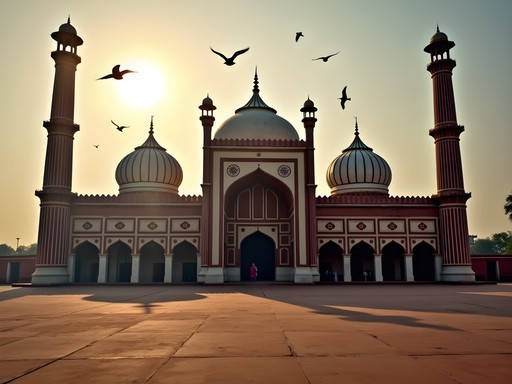
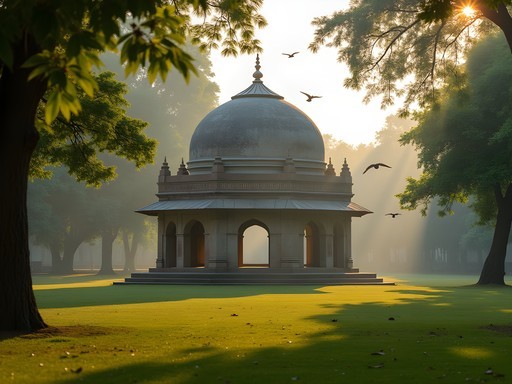
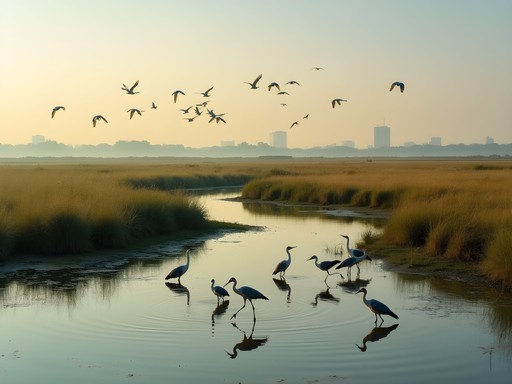
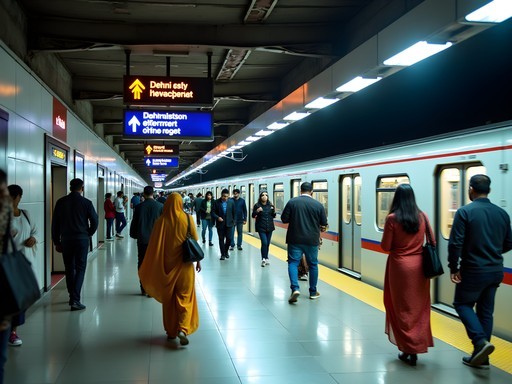
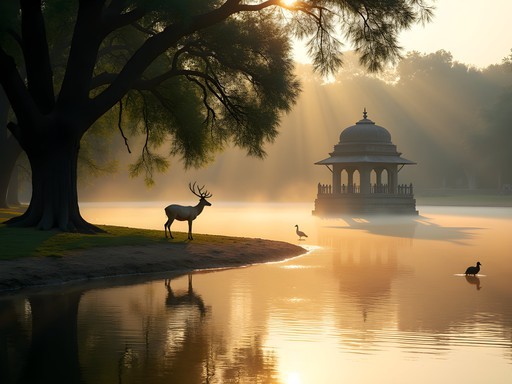


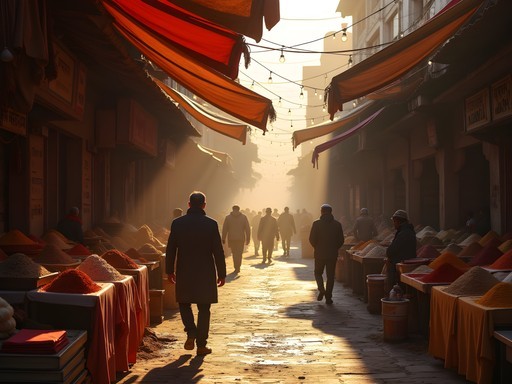
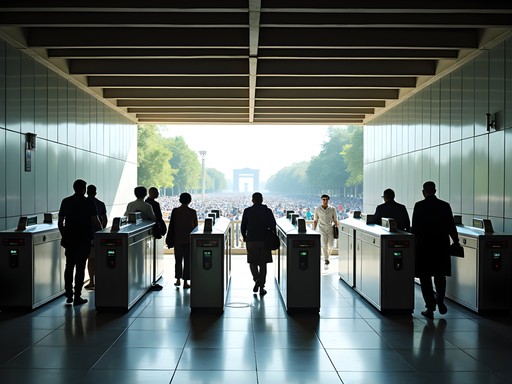
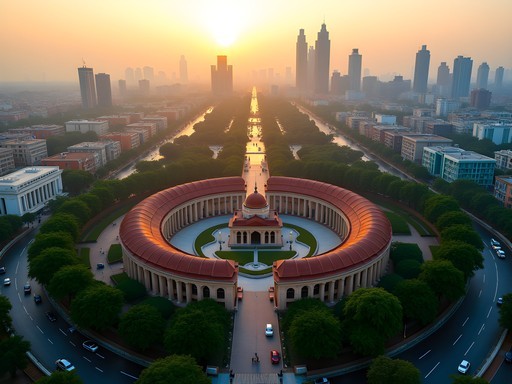





Comments
Stephanie Romano
Claire, your Old Delhi section brought back such vivid memories! We took our kids (9 and 12) there last summer and they were absolutely mesmerized by Chandni Chowk. The sensory overload is real! One tip for families that I'd add - we started our Old Delhi exploration super early (7am) before the crowds and heat became too intense. The morning light made for gorgeous photos of Jama Masjid, and we could actually hear ourselves think! By the time we hit the spice market around 10am, it was getting busy but we'd already seen so much. Also, our kids still talk about the bird hospital near the Jain temple - such a unique experience that wasn't on our radar until a local suggested it. Your 72-hour itinerary is spot on!
Claire Long
That early morning strategy is brilliant, Stephanie! And I can't believe I forgot to mention the bird hospital - what a special place. Thanks for adding these fantastic tips!
beachlover
Is Delhi safe for solo female travelers? The blog makes it sound amazing but I'm a bit nervous about going alone.
Stephanie Romano
I did Delhi solo last year! It's manageable with common sense precautions. I'd recommend dressing conservatively, using pre-paid taxis from the airport, and I found carrying my anti-theft crossbody gave me peace of mind in crowded areas like Chandni Chowk. The metro has women-only cars which are great. Most important tip: be confident and don't look lost even if you are!
beachlover
Thanks Stephanie! That's really reassuring. I'll definitely check out the women-only metro cars.
escapegal
We did the metro too and it was great! So cheap and efficient. Just avoid rush hour!
springadventurer
This guide is EXACTLY what I needed! Heading to Delhi next month for the first time and was feeling overwhelmed. Your day-by-day breakdown makes it so much less intimidating. I'm especially excited about the Old Delhi food walk you mentioned - those paratha recommendations sound amazing! Did you find 72 hours enough time though? I have 4 days and wondering if I should add anything else to the itinerary.
Claire Long
So glad it's helpful! 72 hours gives you a good taste of Delhi, but with 4 days you could add Lodhi Gardens and maybe the Crafts Museum. And definitely spend more time eating - the street food scene deserves extra hours! Enjoy your trip!
springadventurer
Thanks Claire! Adding those to my list right now!
SamTheWanderer
Any food recommendations that won't destroy my stomach? First India trip and everyone's warning me about Delhi belly!
Douglas Bradley
My analytical approach to street food in Delhi: 1) Go where locals queue, 2) Watch for freshly cooked items at high-turnover stalls, 3) Stick to cooked vegetables initially, 4) Karim's near Jama Masjid is reliably safe for newcomers, and 5) Always carry hand sanitizer. I've had more issues at mid-range hotel restaurants than at popular street stalls, interestingly enough.
Claire Long
Douglas nailed it! I'd add that the food tours in my Day 1 section are actually great for first-timers because the guides take you to safe spots. And don't miss South Indian food at Saravana Bhavan - super clean and delicious!
IndiaLover45
Love your photos of Jama Masjid! The light is perfect!
TravelBug23
Going to Delhi next month for the first time! Is it really safe for solo female travelers? Any neighborhoods to avoid at night?
coolway
I went solo last month! Stick to Claire's advice about transportation and you'll be fine. I used Uber a lot after dark instead of walking. The tourist areas felt totally safe during the day.
Claire Long
Great question! I generally avoid Paharganj and parts of Old Delhi after dark (though they're fascinating during the day). Stay in South Delhi or New Delhi proper, use registered taxis/Uber at night, and you'll be fine. The metro is excellent and has women-only cars. Trust your instincts and you'll have an amazing time!
Douglas Bradley
Claire, your structured 72-hour itinerary strikes an excellent balance between Delhi's historical monuments and its contemporary evolution. Having visited Delhi numerous times for my South Asia series, I've found that first-timers often underestimate the geographic spread of attractions. Your day-by-day breakdown solves this common planning error. One additional tip I'd offer readers: consider hiring an authorized guide for Chandni Chowk and Old Delhi. The contextual understanding they provide transforms what can feel like chaos into a comprehensible historical narrative. I used Delhi Walks for a specialized food tour that accessed places I'd never have found independently. Also worth noting that your recommendation to visit Humayun's Tomb before the Taj Mahal is spot-on - it provides crucial architectural context.
Claire Long
Thanks Douglas! Great point about the guides - they really do transform the experience, especially in Old Delhi where it's easy to miss the historical significance beneath the modern layers. And yes, Humayun's Tomb as a Taj Mahal prelude is my little architectural history hack!
globebackpacker
Great guide! How did you handle the touts at major tourist sites? They were pretty aggressive when I visited Red Fort a few years ago. Any strategies that worked well for you?
Claire Long
Thanks for the question! I find a polite but firm 'no thank you' while continuing to walk works best. Making eye contact but not stopping your stride is key. For persistent ones, I sometimes say I already have a guide (even if I don't). The situation has improved at many sites with official guides now wearing government ID badges.
coolway
Just got back from Delhi last month and wish I'd seen this guide before going! Old Delhi was exactly like you described - total sensory overload but in the best way! The spice market blew my mind. We tried taking the metro like you suggested and it was WAY easier than I expected. Did you find the women-only cars helpful? I used them a couple times and felt super safe.
Claire Long
So glad you had a good experience with the metro! Yes, the women-only cars are a godsend during rush hour. Did you make it to Lodhi Garden? It's my favorite escape from the city chaos.
coolway
We did! Totally magical place for a morning walk. Saw so many locals doing yoga there!
Venture X
Premium card with 2X miles, $300 travel credit, Priority Pass